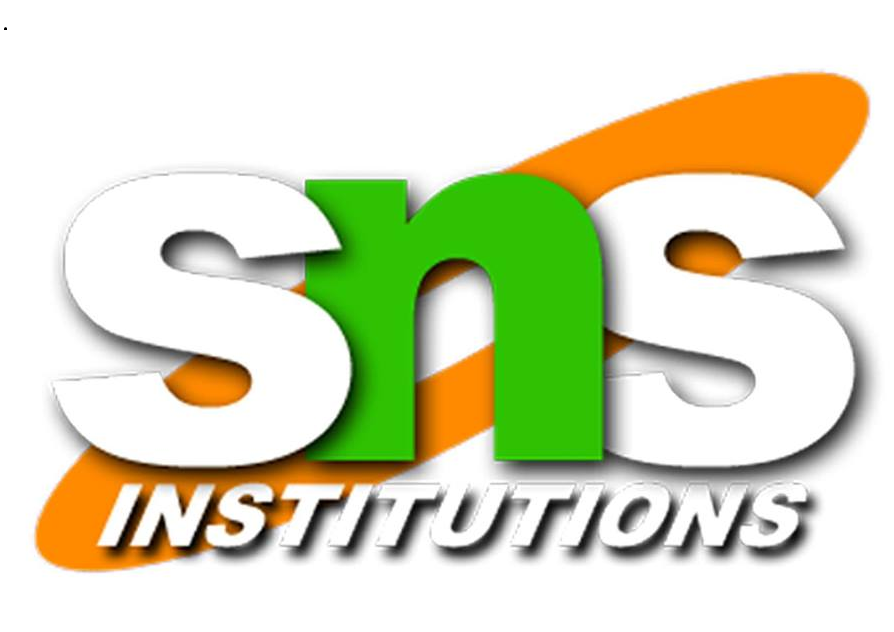
1. X-ray machines – X-Ray tube: historical aspects - early X-Ray tubes (coolidge tubes) - construction of X-Ray tubes, requirements for X-Ray production (electron source, target and anode material), anode angulation and rotating tubes- tube voltage, current - space charge - tube envelop and housing - cathode assembly, X- Ray production efficiency, advances in X-Ray tubes, Common factors affecting thermionic emission -specialized types- grid controlled and high speed tubes. Inherent filtration, radiation leakage and scattered radiation. Heat dissipation methods- Interlocking and X-Ray tube overload protection -tube rating, heat units - operating conditions, maintenance and Q.A procedures. 2. Portable/Mobile X-ray units- Equipment for mobile radiography-principle- uses- mobile image intensifiers– Capacitor discharge unit- advantages and limitations -positioning differences-skill in using mobile units - - radiation protection.- mobile units types-differences-Cordless mobiles-selection of equipment.
3. Fluoroscopy: Fluoroscopic equipment-Direct fluoroscopy – The serial changer (spot film device) - Fluoroscopic screen -fluoroscopic image -factors affecting the Fluoroscopic image. Image intensifier tubes – principle construction and function regarding intensified image- cine flurography-mode of operation - Types of day light film handling system-optical coupling and methods of viewing- Automatic brightness control- tilting tables - over and under couch tubes-safety features. The television process – television camera tube– the Cathode ray tube – ielevision image-CCTV. Quality assurance tests for fluoroscopic equipment. 4. Computed Radiography (C.R) –equipment parts –advances- principle of imaging – applications- advantages & disadvantages.
5. Digital Radiography– principle - photostimulable phosphors-image acquisition-digital spot imaging - equipment parts –advances-imaging– advantages & disadvantages. Picture characteristics - archiving possibilities- transfer system and designs- Image recording devices-laser imager and multiformatter-Future developments. 6. Mammography -basic principle, equipment & image acquisition-conventional & digital mammo studies- Mammotomogram
7. Dental Radiography – Equipment Basics –types of equipments- Intra oral radiography unit-orthopantomograph unit -imaging techniques- Dental films-film types and processing. 8. Tomography: Theory of tomography – multi section radiography- Tomography equipment-Basic requirements and controls, attachments. Computed tomography – Scanning principle – Reconstruction of image – storing the image – viewing the image – evaluation of the image. Types of movements and applications-Effect on image of variation in focus object distance-Object film distance, exposure angle, and tube movement pattern.
9. Computed Tomography- Basic physics – Tomography principle - detectors technology-digital fundamentals- Basic data acquisition concepts -Scanning principle - basics of plain studies- Image reconstruction- artifacts- contrast studies,-special procedures – image quality-storing the image – viewing the image – evaluation of the image- Equipment for computed tomography – Table, scanning gantry X-Ray generator – CT control console. Scanner types - technologic considerations of sequential /spiral volume zoom -computer hard wire of software– CT computer and image processing system- Options and accessories for CT systems.-Tools for use in CT guided Interventional procedures-Dosimetry- Future developments. 10.Angiography Equipments- Basic physics and principle of image acquisition- conventional angio- DSA-Cardiac Cath lab. Equipments- advantages-limitations – Dosimetry – Maintenance.
Reference Book:
Christensen’s Physics of Diagnostic Radiology – Christensen
Text Book:
Christensen’s Physics of Diagnostic Radiology – Christensen
